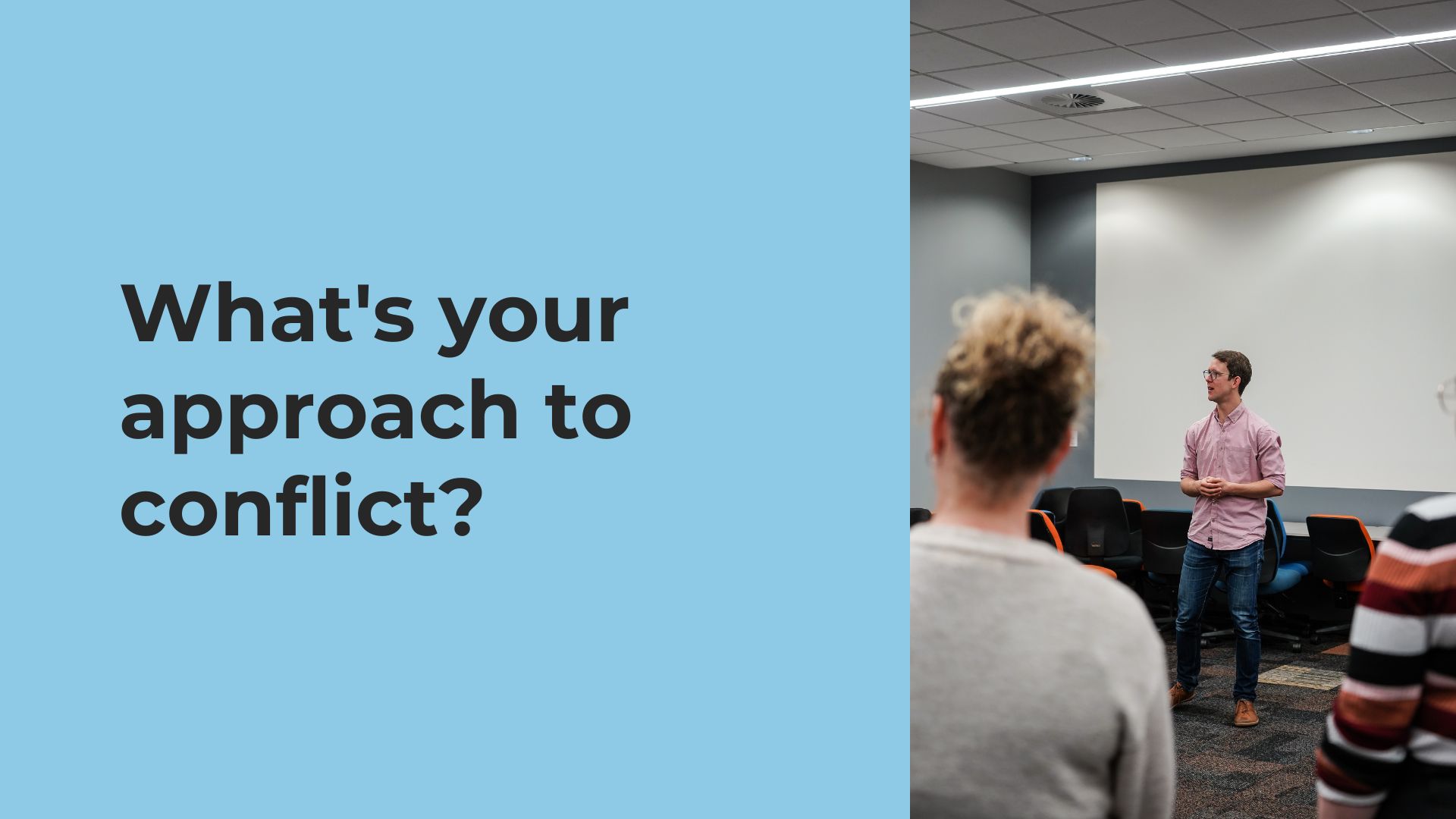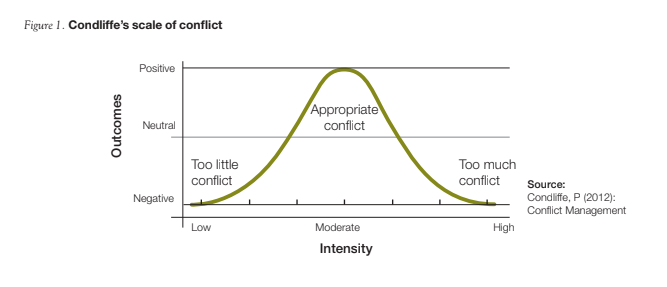What's your approach to conflict?

What if your team had a safe space for productive conflict?
Before I get started with this week's content, I wanted to share something that may be valuable for you right now.
I've got some spare capacity over the coming months for one (or maybe two) client projects.
I'd love to help you if your team is facing a transition point. As a facilitator, I can walk alongside you to unlock the hidden potential in your team. With a safe space for productive conflict, you'll be better placed to clarify and progress your goals for 2024.
Feel free to book a call with me here if you'd like to explore the possibilities.
Okay, onto today's newsletter! Conflict is one the hardest (but most important) parts of leading a team. Last week I was interviewed in front of 150 people for a webinar on How to transform your community engagement meetings and workshops. (Welcome to all the new subscribers who met me there.) We polled the attendees about their biggest facilitation challenges. Working through conflict was the runaway winner. What do you find tough about conflict? Conflict drains me. As a facilitator, I'm a bit like a sponge. I'm good at mopping up spills but you have to wring me out afterwards! My empathic nature means I often take on the emotion of a group and feel it as if it's my own. That's a strength... but it also means I have to manage my emotional intake carefully. I know many people find that first moment of conflict to be the most challenging. That moment where somebody says something that grinds your gears. That rattles your dags! That crosses the bloody line! Whenever those moments hit, we have two choices.
Yep, it's that simple. (And yet there's so much complexity within those two choices.) I heard Kerri Price at the Facilitation Matters Conference last year describe this choice as "Calling it out... or calling it in." Calling it in means leaning into the conflict and exploring it further. Calling it out means shutting down the chances of further conversation. Neither approach is inherently better than the other. In some contexts, you need to just say "That's not okay. That comment is harmful and I won't allow it here." At other times, leaning into the challenging comment is the most productive work you can do. Productive conflict - the sweet spot In his book Managing Conflict, Peter Condliffe shares a powerful way of thinking about conflict. You may find yourself wishing conflict away. Less conflict good. More conflict bad. "Conflict is a necessary process that has both positive and negative aspects but is always present," Peter says. And he explains that there's an "appropriate" level of conflict. |

(Shout out to Anne Pattillo, who shared this model during an excellent IAP2 course on conflict.) I call this productive conflict. This is the sweet spot where the conflict produces progress. Too little conflict and we avoid the real issues. Too much conflict and we're unlikely to achieve anything productive. In other words, we need conflict. We need diversity of thought. That's the messy middle space where we push past assumptions to achieve results together. After all, diamonds are formed under pressure. |